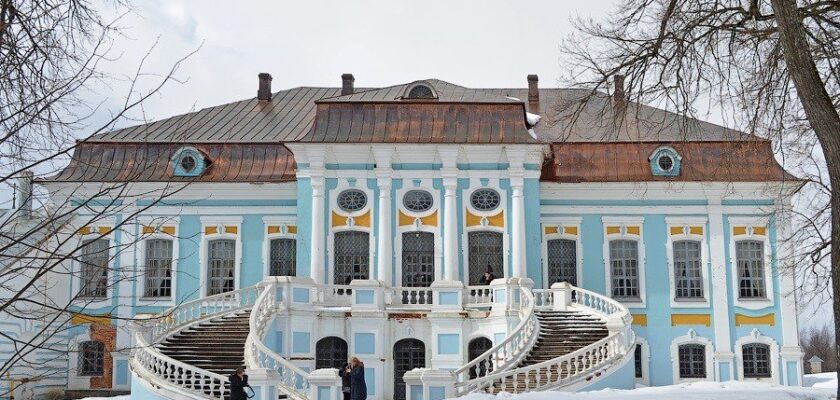Khmelita Manor
Khmelita Estate is the former family nest of the Griboedovs and one of the oldest estates in the Smolensk region. Nowadays, the ancient estate has become a popular tourist attraction and has the status of a historical, cultural and natural museum-reserve. These places are liked by everyone who is close to the beauty of Russian nature and picturesque landscapes of the Middle Belt of Russia, as well as fans of the works of the famous playwright AS Griboyedov.
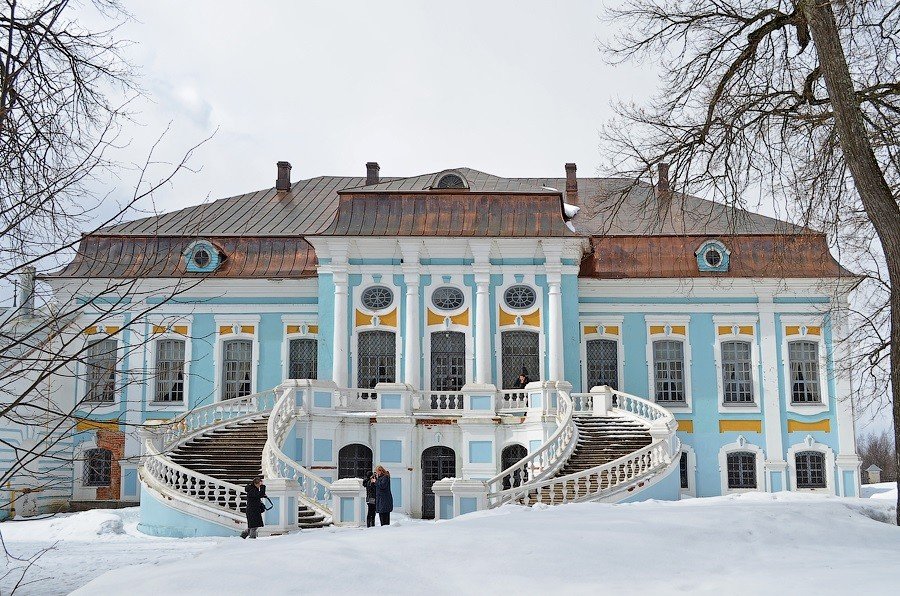
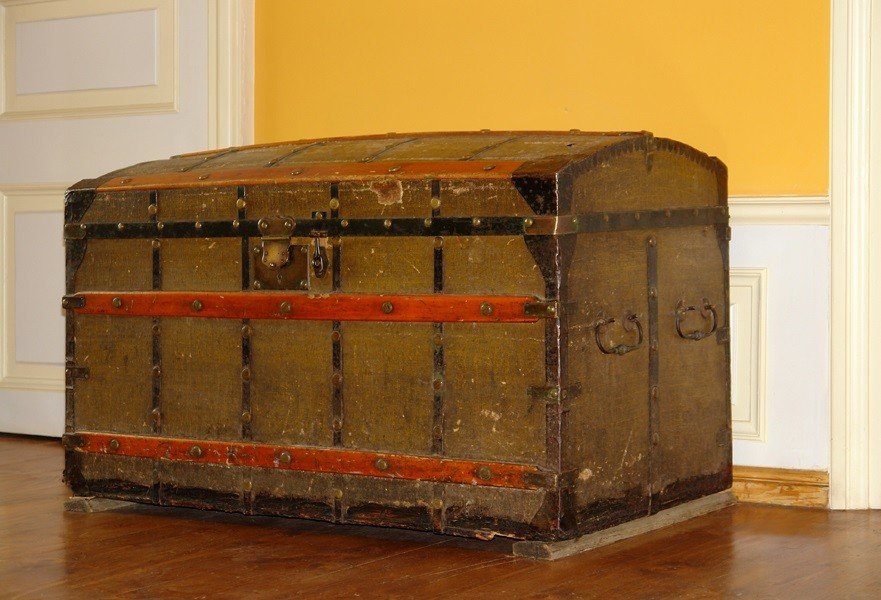
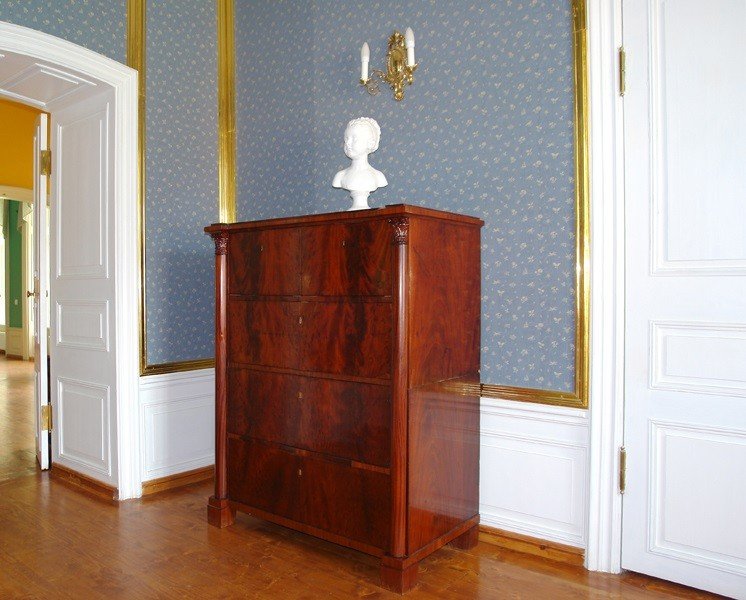
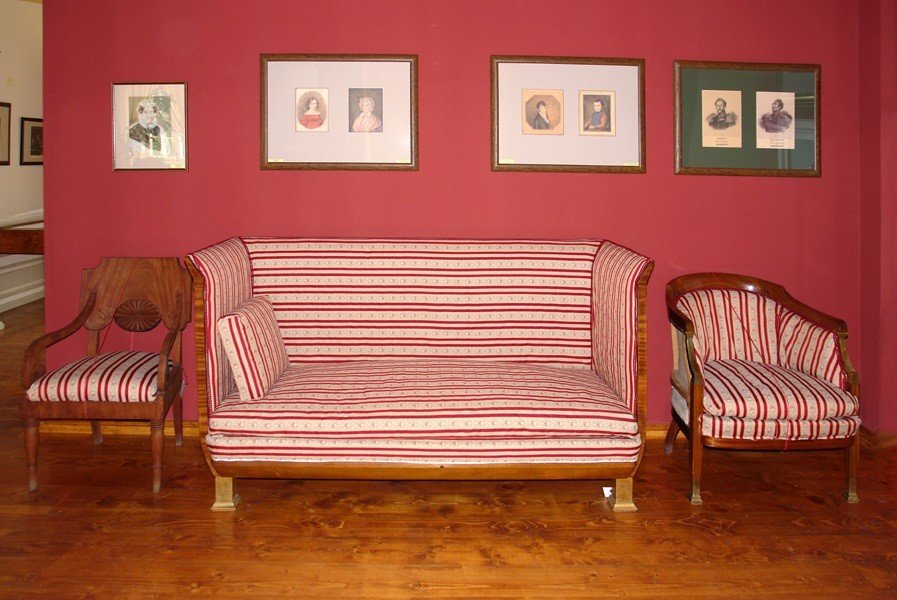
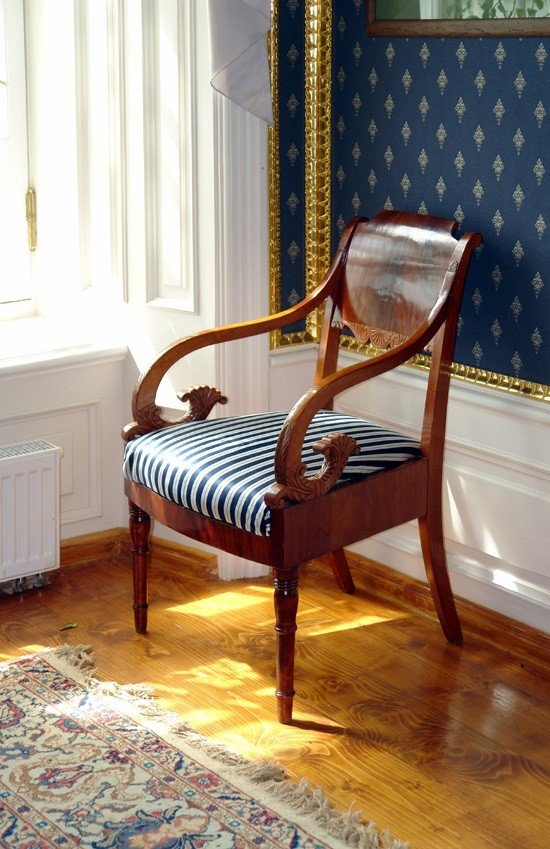
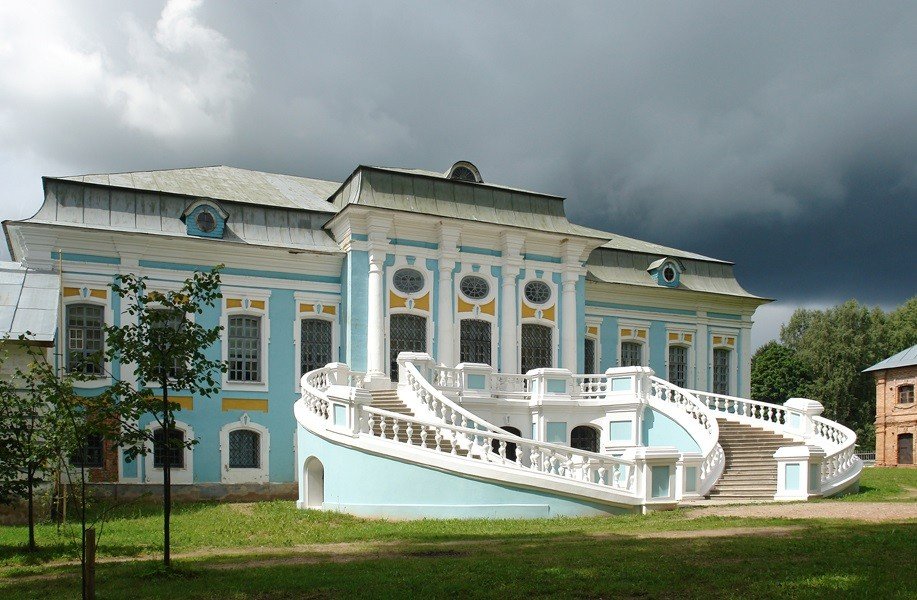
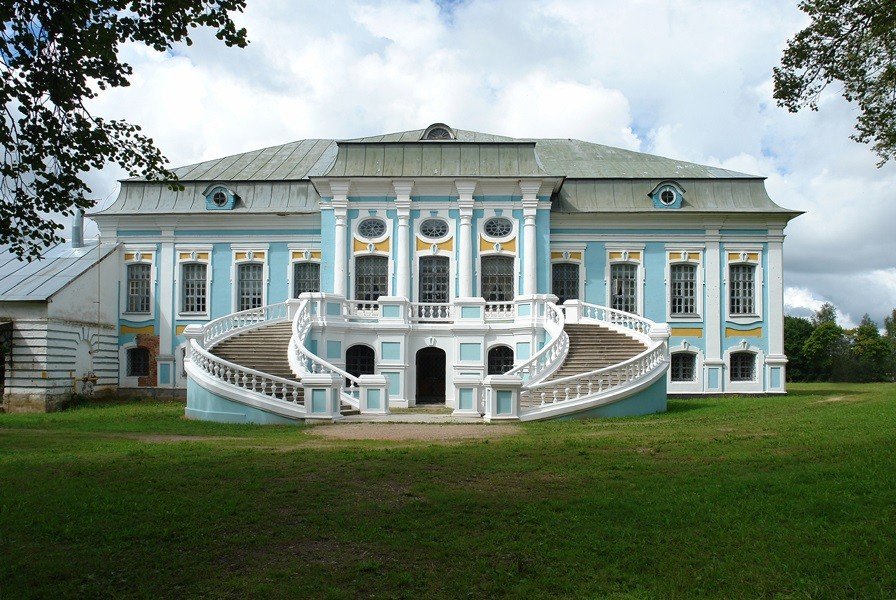
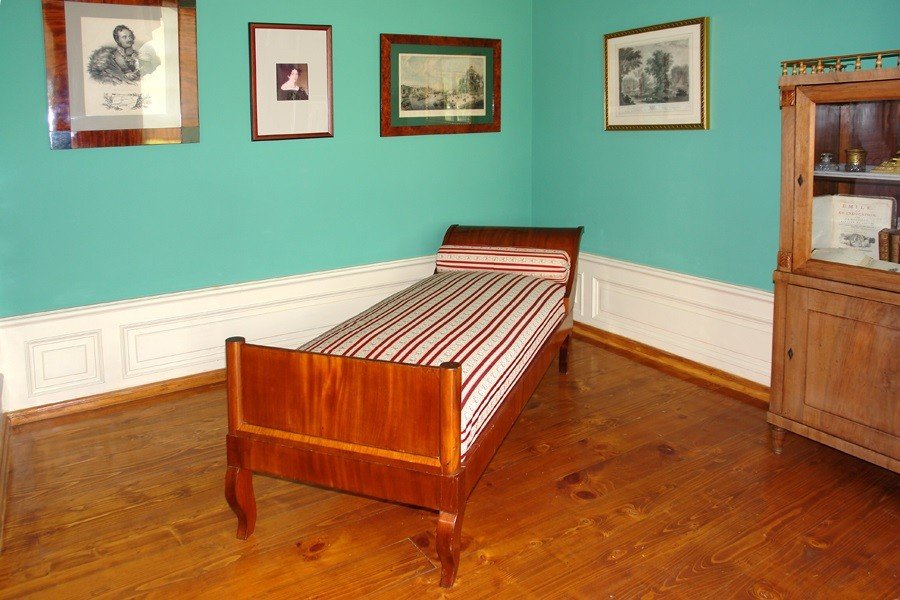
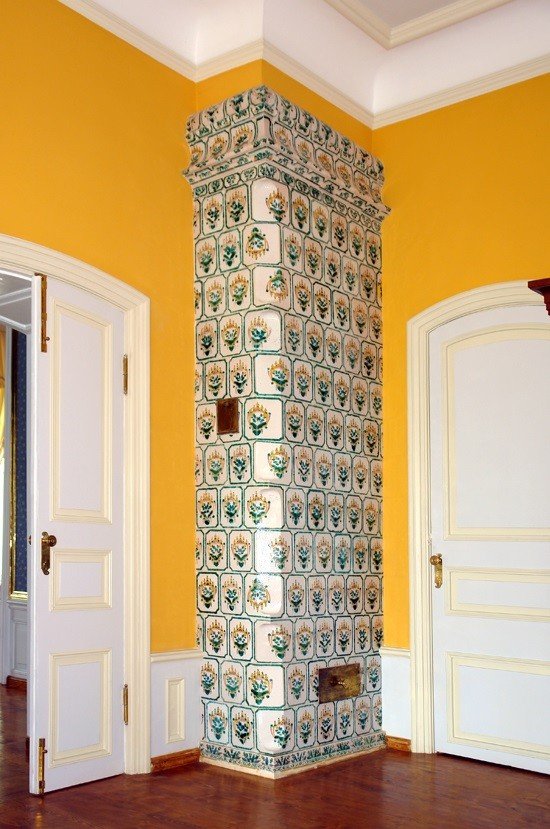
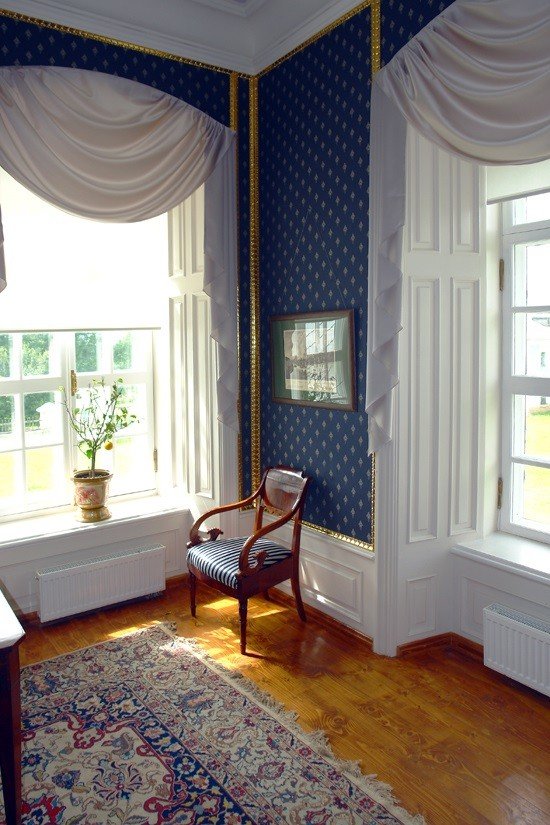
Video: Khmelita Estate from the height
ContentsHighlights
The Griboyedov family began to own land in Vyazemsky uyezd from the end of the 17th century, and the main heyday of the estate came in the second half of the 18th – early 19th century. In his childhood and youth A. S. Griboyedov spent his summers visiting his uncle A. F. Griboyedov. F. Griboyedov, who was the owner of the estate Khmelita. The center of the ancient estate is a picturesque mansion-palace built by an unknown architect in the traditions of the Russian Elizabethan Baroque. It is noteworthy that this style was quite rarely used in Russian manors. On the sides of the two-storied building there are four wings. The ensemble of the Khmelita estate also includes the church of the Kazan icon of the Mother of God and two service buildings.
.To date, group and individual excursions are conducted for visitors to the museum-reserve. Those travelers who want to spend a few days here can stay in the guest house, in rooms with all amenities.
.
Many guests come to Khmelita Manor in July, when it hosts the annual Griboyedov Festival. In January, Khmelita celebrates A. S. Griboyedov’s birthday, and the estate opens its doors to writers, journalists, illustrators, literary critics and artists.
.History of Khmelita Manor
The village of Khmelita has been mentioned in historical documents since 1614. It was named after the Khmelitka River, the banks of which are rich in thickets of hops.
.
Since 1747 the estate began to belong to Fyodor Alekseevich Griboyedov – the grandfather of the famous Russian playwright and diplomat Alexander Sergeevich Griboyedov. Under him in the estate appeared a lord’s house-palace, a regular park, two stocked ponds, picturesque flower beds, elegant statues and outbuildings.
.
Then in the estate Khmelita managed native uncle of A. С. Griboyedov – Alexei Fedorovich. He collected a large library and a collection of paintings, kept a home theater, a choir of gypsies and invited to balls distinguished owners of neighboring estates and noblemen from Moscow. At a young age, Griboyedov lived at his uncle’s house every summer and was able to observe the rural life and traditions of landowner life. Many of the guests of the Khmelita estate later became the prototypes of the characters of Griboyedov’s famous comedy in verse “Woe from Wit.”
.
During the War of 1812, Napoleon’s Marshal Murat stayed at the estate. And when the French were retreating, a military detachment under the command of Major-General Ivan Matveevich Begichev was stationed in Khmelita.
In 1919, the manor house was the home of the French.
In 1919 the estate was nationalized, and its library, paintings and furniture were sent to museums in the capital, Smolensk and Vyazma. The fever of the Civil War and the Great Patriotic War bypassed the ancient estate, and it was not damaged. But in 1954 local residents were drying bald in the masters’ house. There was a fire, the building burned for a week and was almost completely destroyed.
.Griboyedov’s estate for a long time stood in ruins, and collective farmers slowly dismantled the building for bricks. But in 1967 in Khmelita was a famous restorer Peter Dmitrievich Baranovsky. He could not allow the destruction of part of the country’s cultural heritage. Baranovsky spoke in defense of the deteriorating monument, a team of like-minded people rallied around him, and the ancient estate began to be restored.
.Church
The Church of the Kazan Icon of the Mother of God appeared in the Khmelita estate in 1759 and was built at the expense of A. S. Griboyedov’s grandfather Fyodor Alekseevich. It became the house church of the Griboyedovs and at the same time the center of a large parish, which included 32 villages.
.
In the 1930s, the old church was closed, and the tomb where F. A. Griboyedov, A. F. Griboyedov and other benefactors rested was destroyed. During the Great Patriotic War, the villagers took shelter from shelling behind the brick walls, and the bell tower was destroyed.At present, the three-priest church has been restored and handed over to the believers. It stands to the south of the front entrance to the Khmelita estate, near the main road. Next to the church building can be seen a tall two-tiered bell tower.
.Museum
The museum-reserve was established in 1990. Today, the main manor house displays exhibits telling about Griboyedov and the era in which he lived. Here you can see handwritten lists of the comedy “Woe from Wit”. Curiously, during the playwright’s lifetime about 40 thousand handwritten copies of the famous comedy were made.
.
The museum holds lifetime editions of Griboyedov, several portraits of him, the playwright’s desk, portraits of his friends and contemporaries, as well as paintings of Smolensk estates. In addition, the halls of the museum exhibit household items and furniture of the late 18th – early 19th century.
.
In addition to the main exposition in the Khmelita estate there are temporary exhibitions. For visitors the museum doors are open from Wednesday to Sunday: from October to March from 11.00 to 17.00, and from April to September from 10.00 to 18.00. The ticket office stops operating half an hour before the museum closes.
.How to get there
The Khmelita estate is located in the center of the village of the same name, which is 37 km northwest of the city of Vyazma and 260 km from Moscow. Those who want to get to Griboyedov’s estate by car, from the capital should leave the Minsk highway. The turnoff to Khmelita is located near Vyazma.
Travelers who travel by public transport should first get to Vyazma. From the capital, trains or buses get to this city. From Vyazma to the estate there are shuttle buses. Direct buses “Vyazma – Khmelita” run from Wednesday to Sunday and depart at 13.00. Buses “Vyazma – Pigulino” going via Khmelita depart from Vyazma at 5.15 and 17.30 on Mondays, Wednesdays, Fridays, Saturdays and Sundays. By bus it takes about an hour to get to the estate.
.